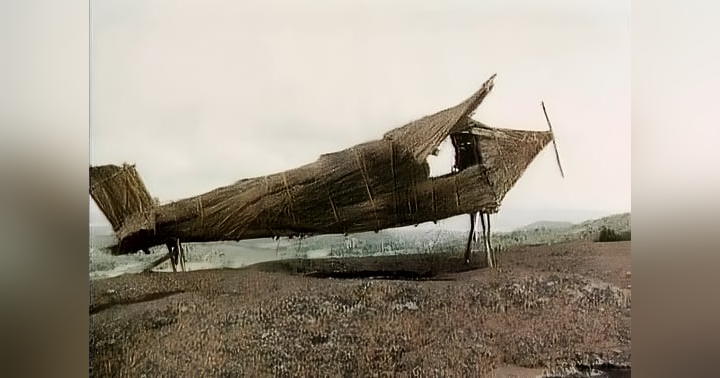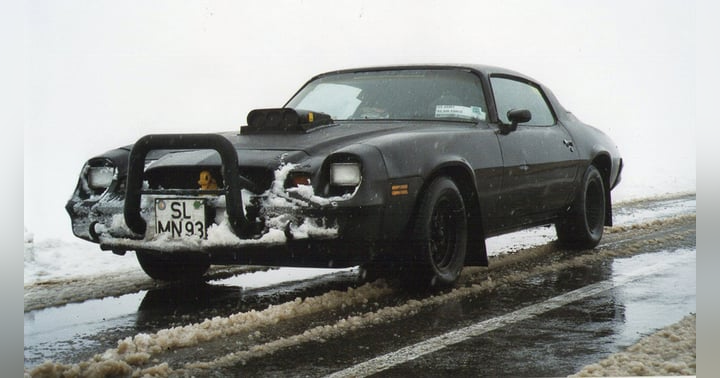The Great Molasses Flood

The Boston Molasses Disaster, also known as the Great Molasses Flood, was a tragic event on January 15, 1919, in Boston, Massachusetts. It was caused by the rupture of a large tank containing 2.3 million gallons of molasses, which flooded the streets of the North End neighborhood, killing 21 people and injuring 150 others.
The tank was owned by the Purity Distilling Company, a subsidiary of United States Industrial Alcohol (USIA), which produced industrial alcohol and other products. The tank was 50 feet tall and 90 feet in diameter, and it was filled with molasses used to make rum, as well as other products like animal feed and explosives.
The cause of the tank's rupture is still debated, but it is believed that the unseasonably warm weather in the days leading up to the flood caused the molasses to ferment and produce gas, which built up pressure inside the tank. The tank was poorly constructed and maintained, with weak rivets and inadequate safety measures, which made it vulnerable to failure.
When the tank ruptured, the molasses rushed out at 35 miles per hour, creating a wave that was 25 feet high and 160 feet wide. The wave swept away everything, including buildings, cars, and people. The molasses was so thick and sticky that it was difficult to escape, and many people were trapped and drowned in it.
The aftermath of the flood was devastating. The streets were covered in a thick layer of molasses, which made rescue and recovery efforts difficult. It took weeks to clean up the mess, and the smell of molasses lingered in the air for months. The flood victims were mainly Italian immigrants who lived in the North End neighborhood, and their families were left devastated by the loss of their loved ones.
The Boston Molasses Flood was a tragic event that had a lasting impact on Boston. It led to changes in safety regulations and building codes and raised awareness about the importance of corporate responsibility and accountability. Today, the site of the flood is a park called Langone Park, which serves as a memorial to the victims of the disaster.
If you want to hear more stories like this, please consider listening to the podcast!

